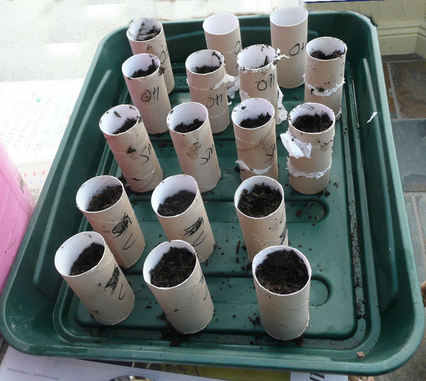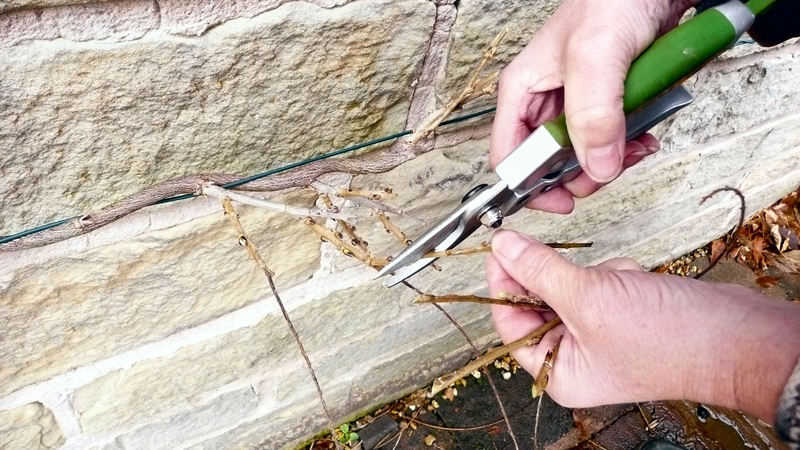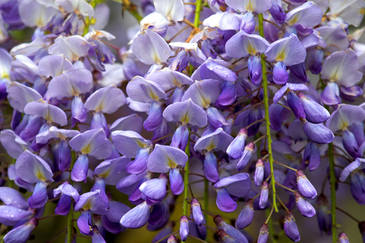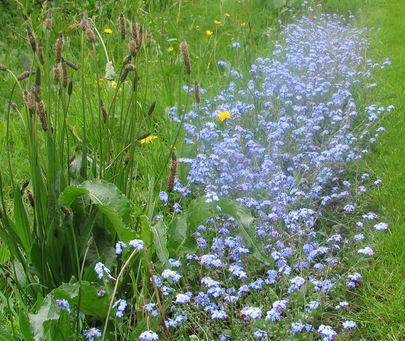|
Sometimes, especially at this time early in the gardening year, it can be a slow business getting seeds to germinate. I find germination is aided by using a heated mat which provides a gentle and constant heat to kick start germination.
It is a fairly simply piece of kit, a small electric blanket for the seeds. Easy to use, roll out,set the temperature, and warm up the germination area. This photo on the right shows the mat and then two photos below show the propagator with the seeds, ( in this case sweet peas, for advice on seeding and growing sweet peas ) and in the third photo the seeds all tucked in the warm ready to go.
This mat is 40 x 120 cms and I purchased it from the on line suppliers harrodhorticultural.com It's really useful at this time of year and easy to use.
The photo shows only one propagator because that's all I got round to last week, but in fact this size of mat will comfortably fit two propagators of this size which is a good amount of seeds. There are other sizes available depending on what you need.
If you are using a heated mat, it is very important to remove the propagator and place it elsewhere as soon as the seeds break through the soil and you have germination. This is to avoid the seedlings growing on in a warm atmosphere which can make them a bit leggy or soft.
To ensure you have robust little plants for planting out later in the year take the propagator off the mat as soon as germination has been achieved.
I move them and place under glass for growing on and then put the next lot of seeds onto the mat.
It's a conveyor belt from now until later in Spring when either the soil is warm enough to sow all seeds directly into the soil or I move to the greenhouse where it's warm enough to guarantee swift germination later in the year as the temperatures climb.
At this time of year when cold spells appear from nowhere, and temperatures tumble, and even the chance of snow at Easter, I find this a helpful way to speed up germination.
|




